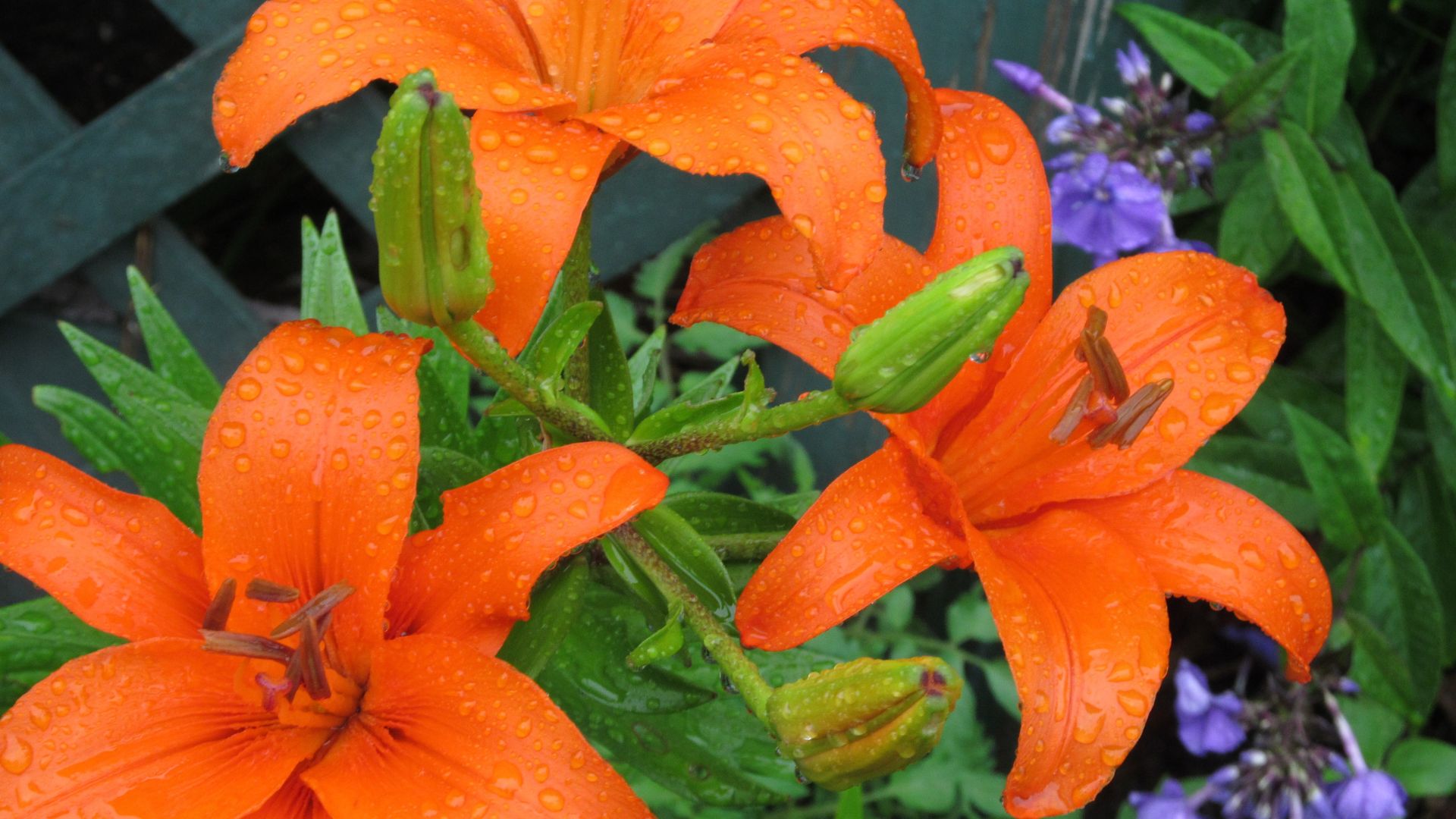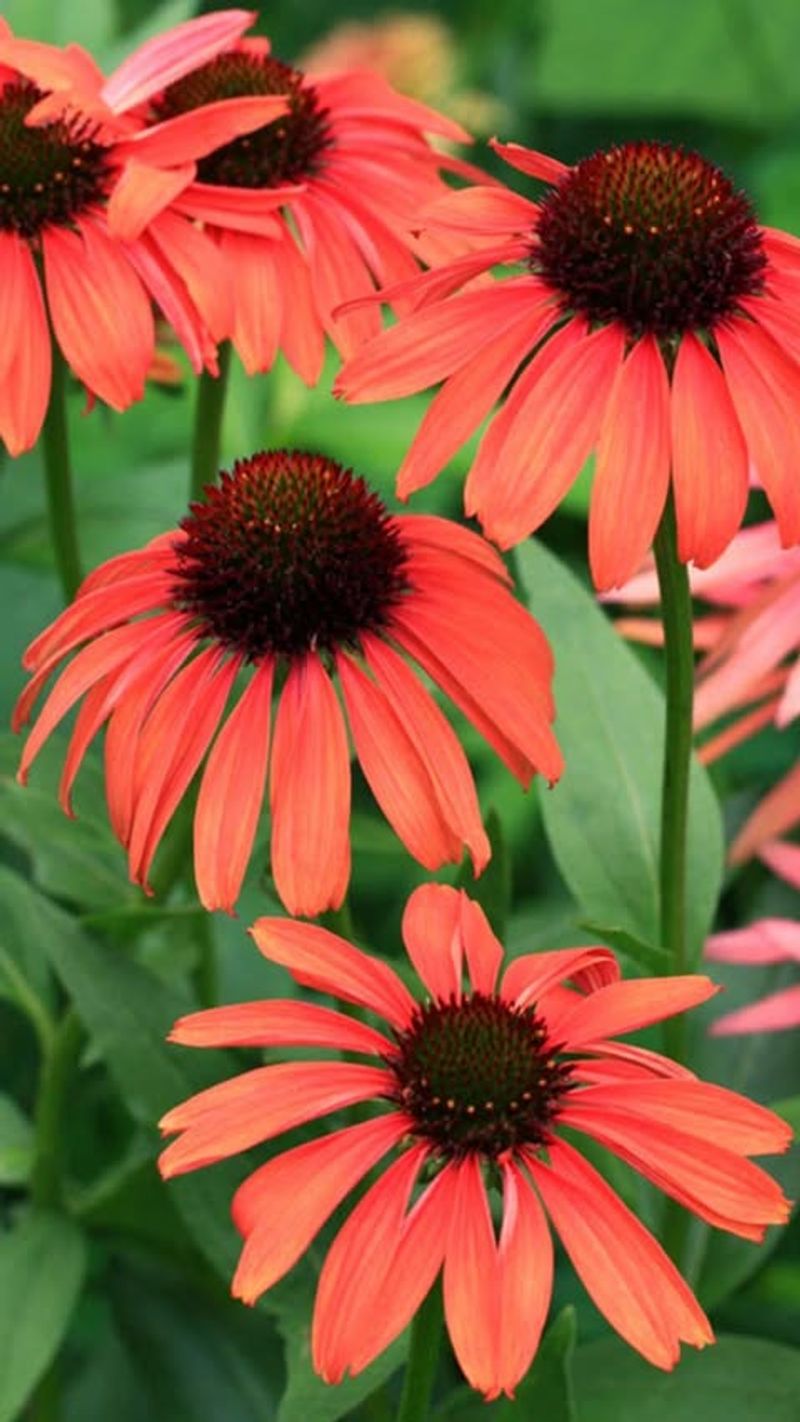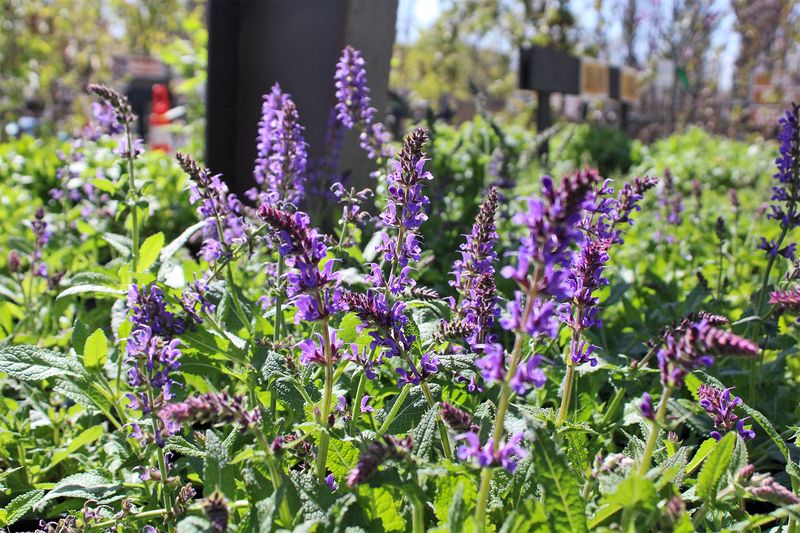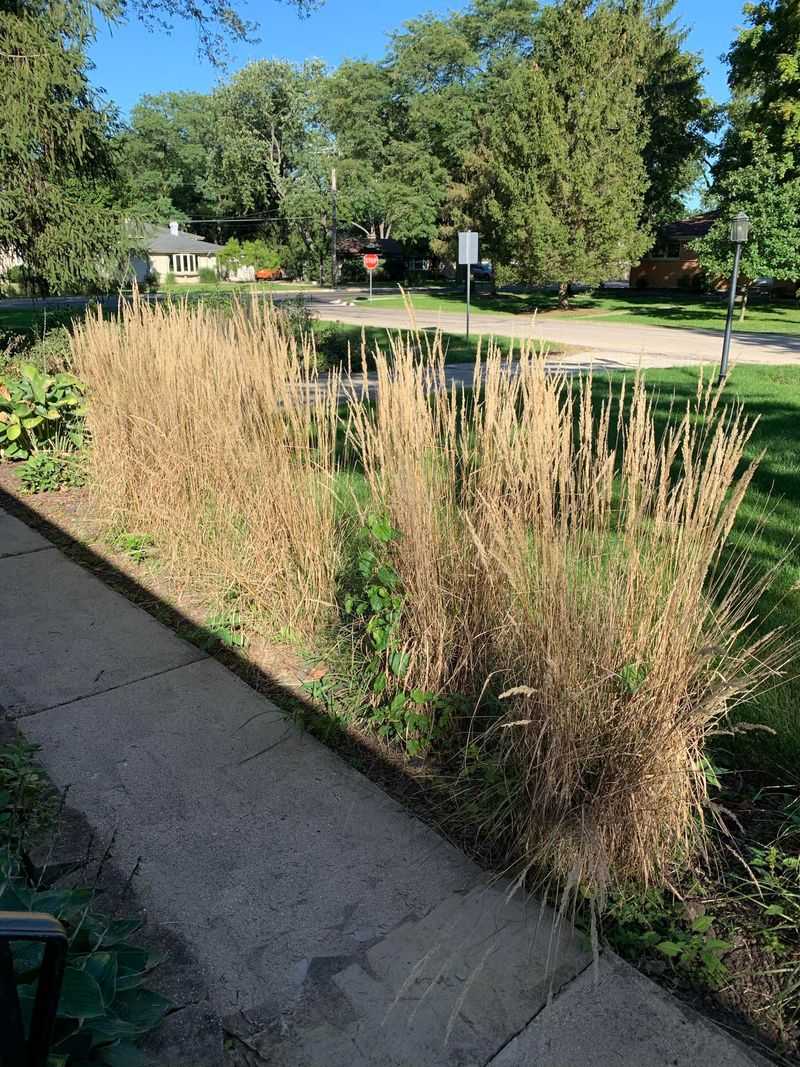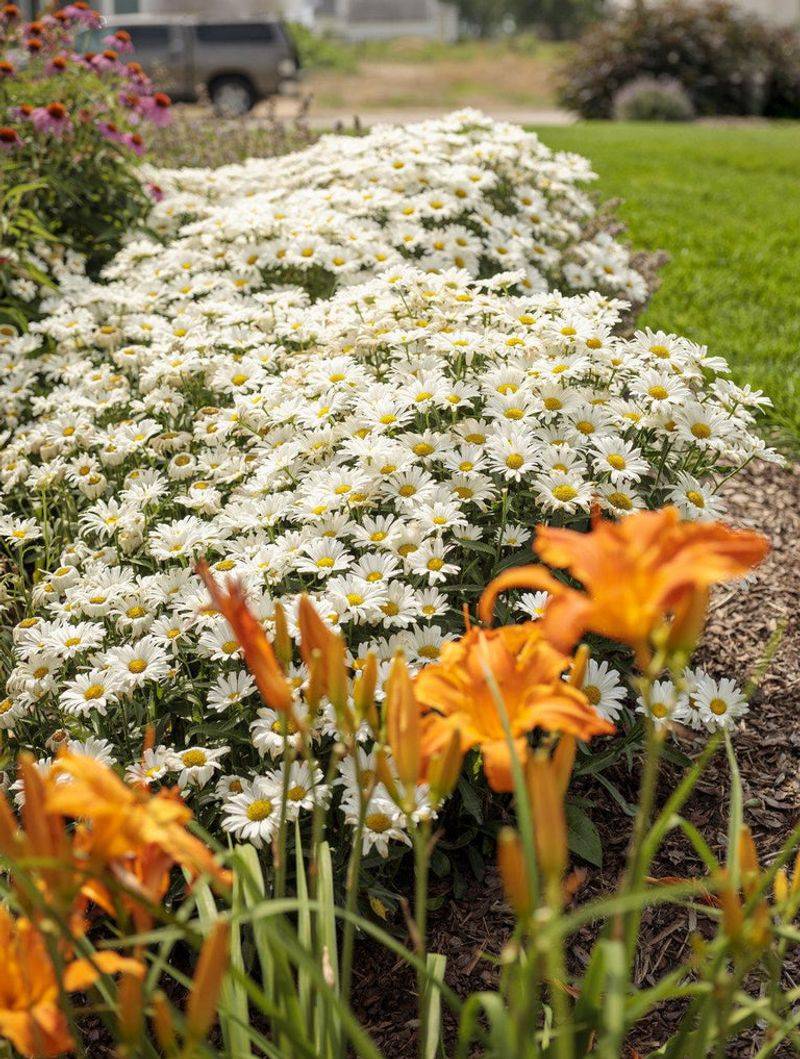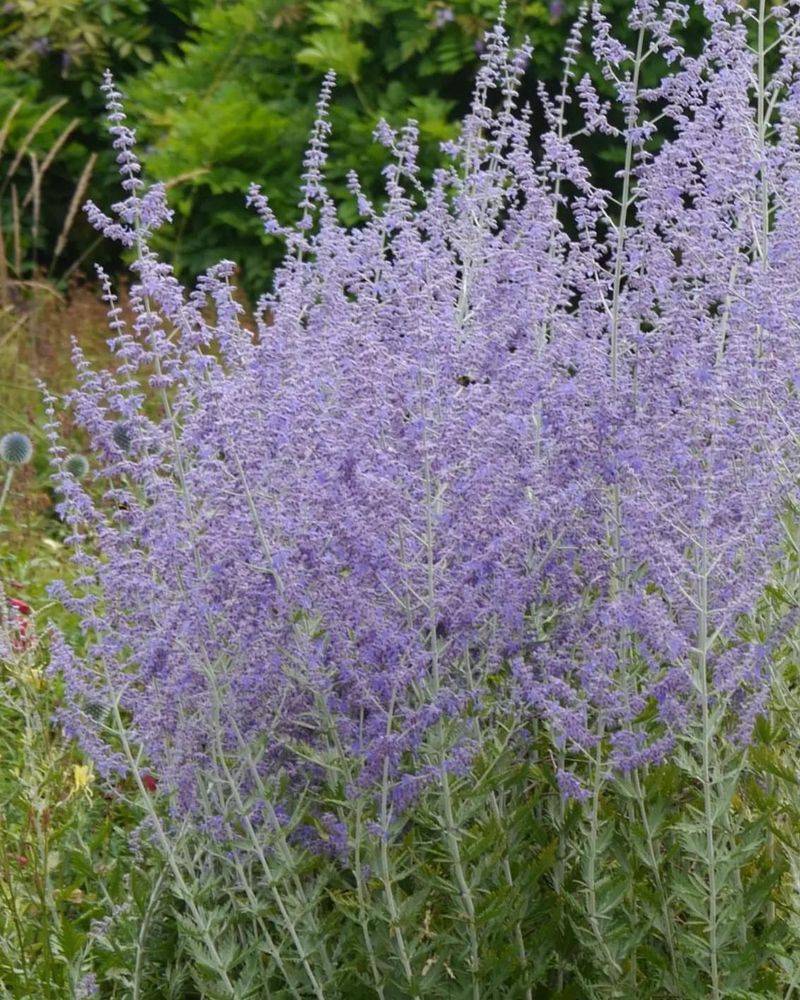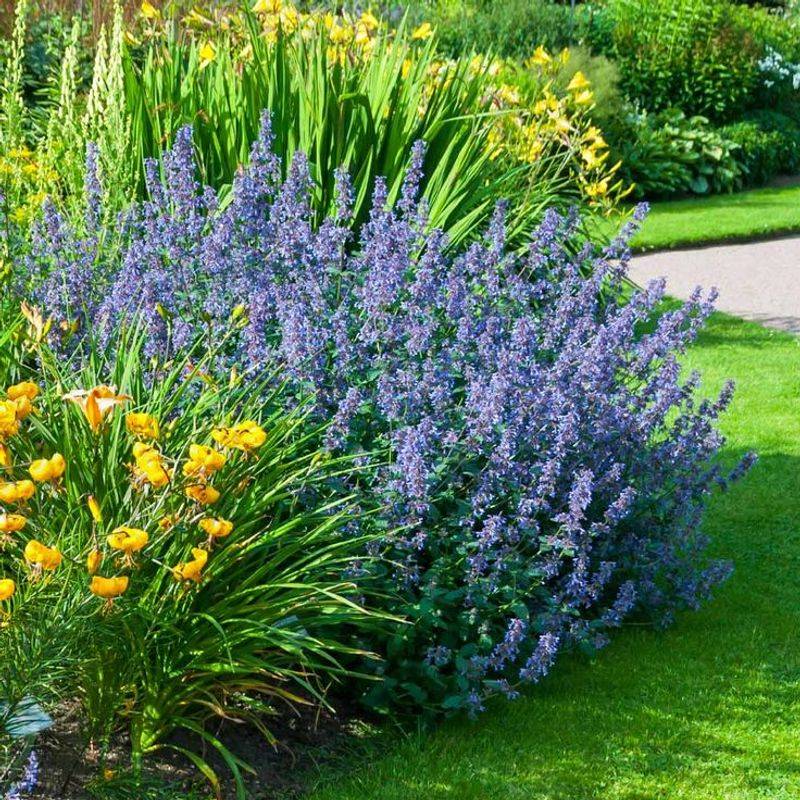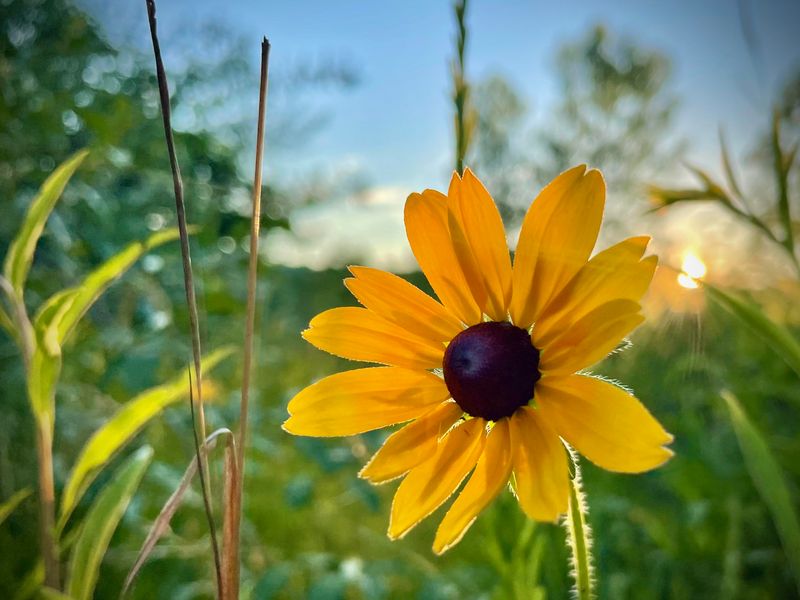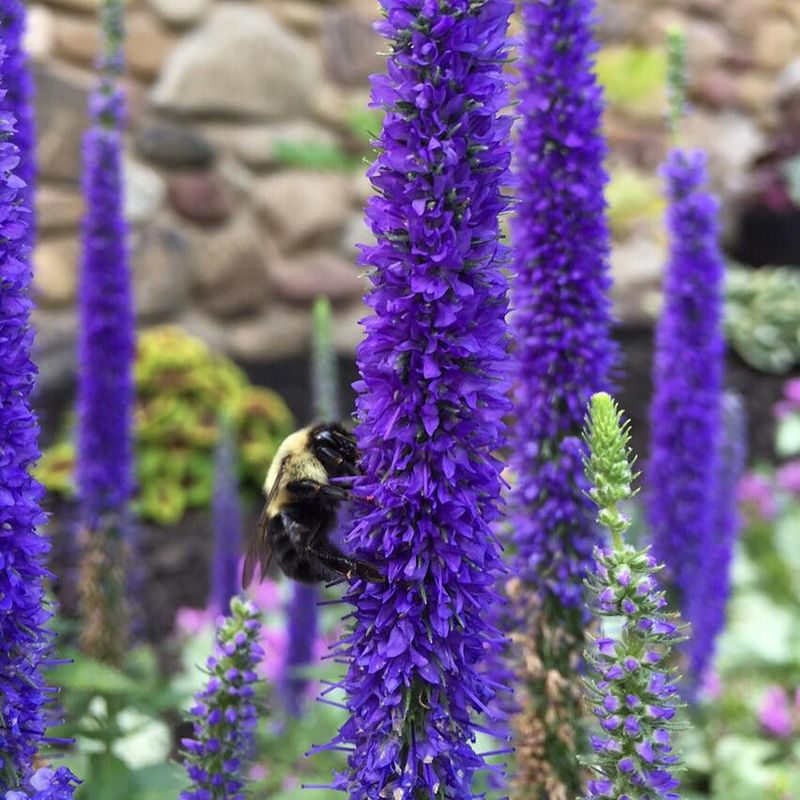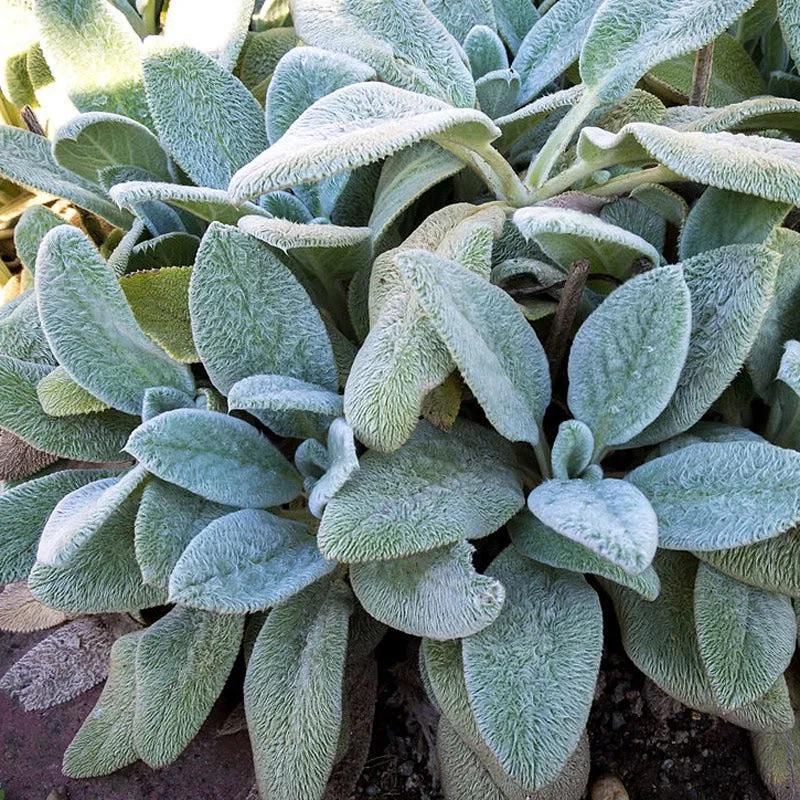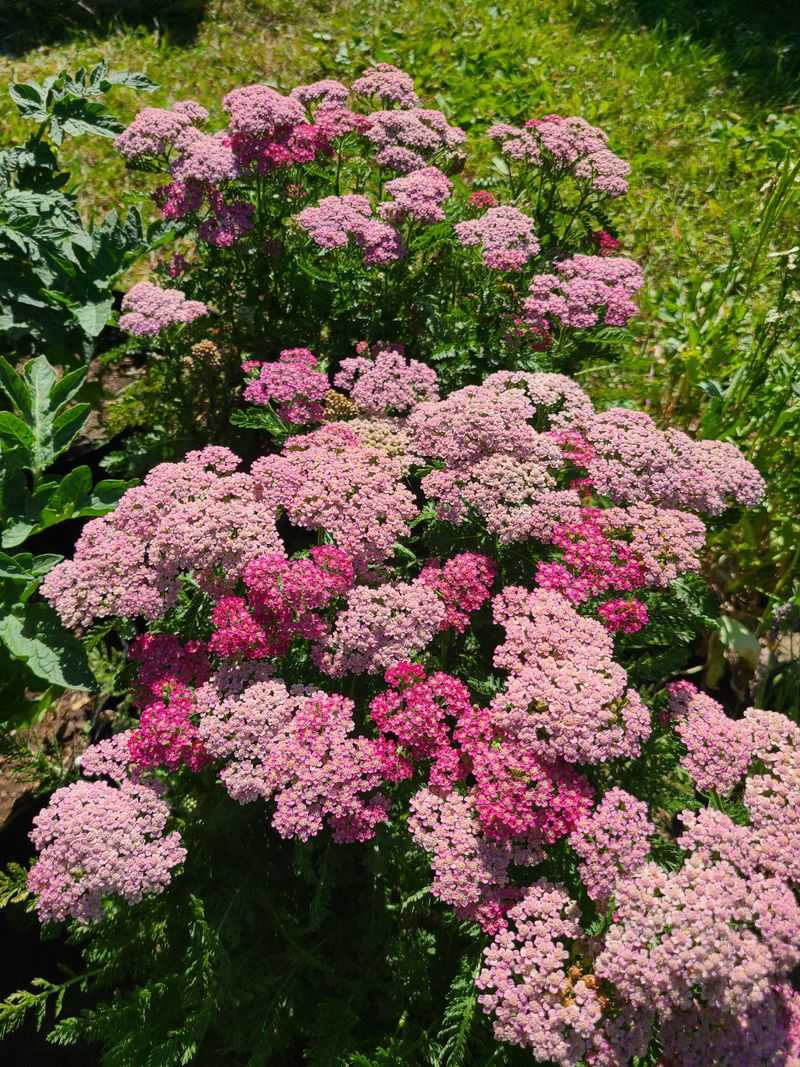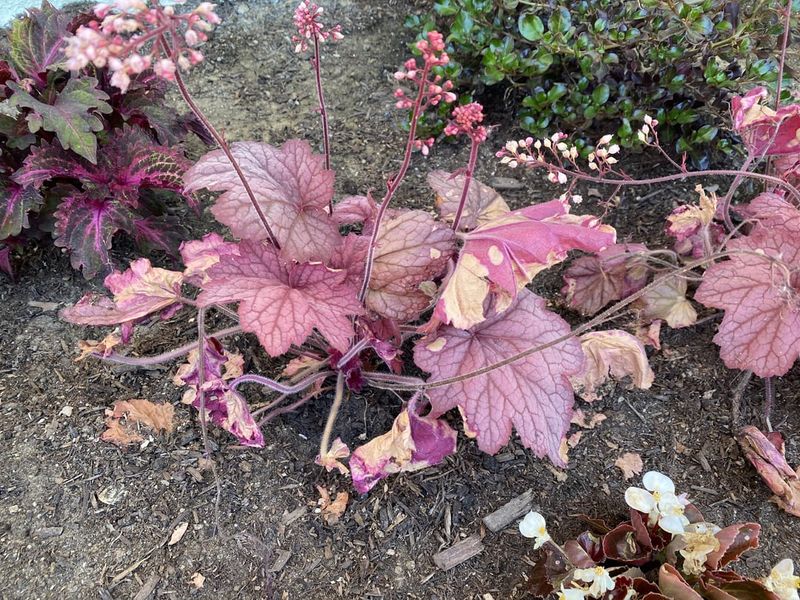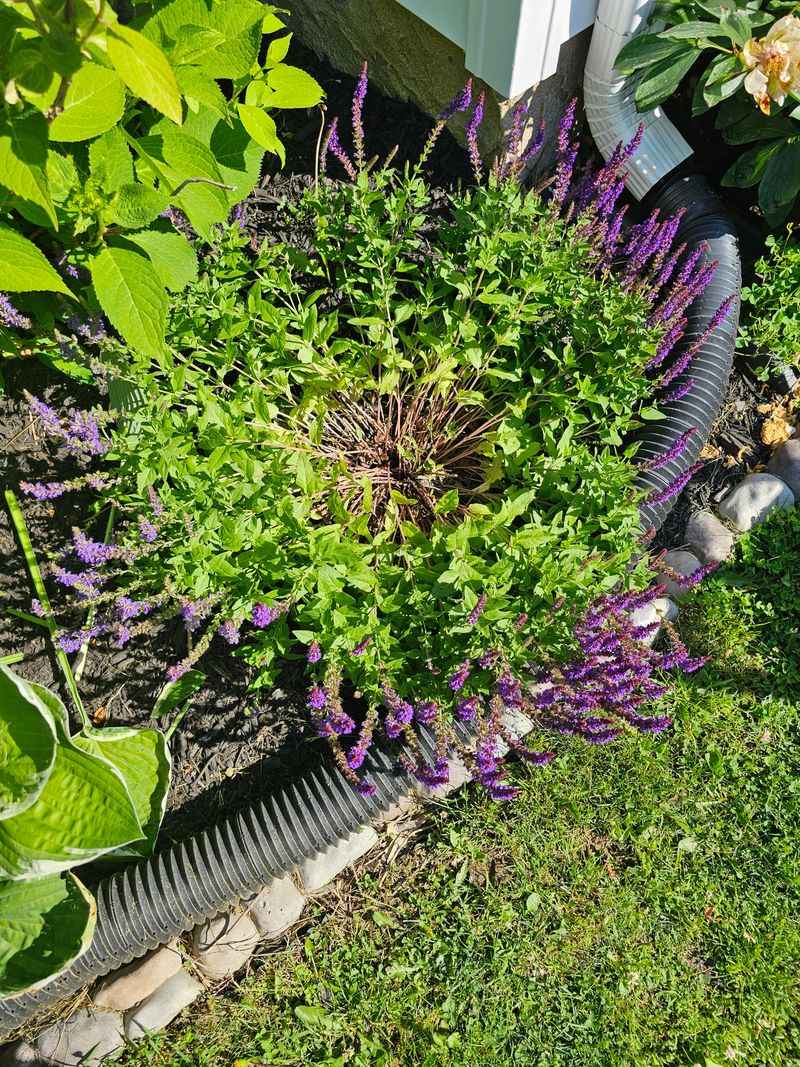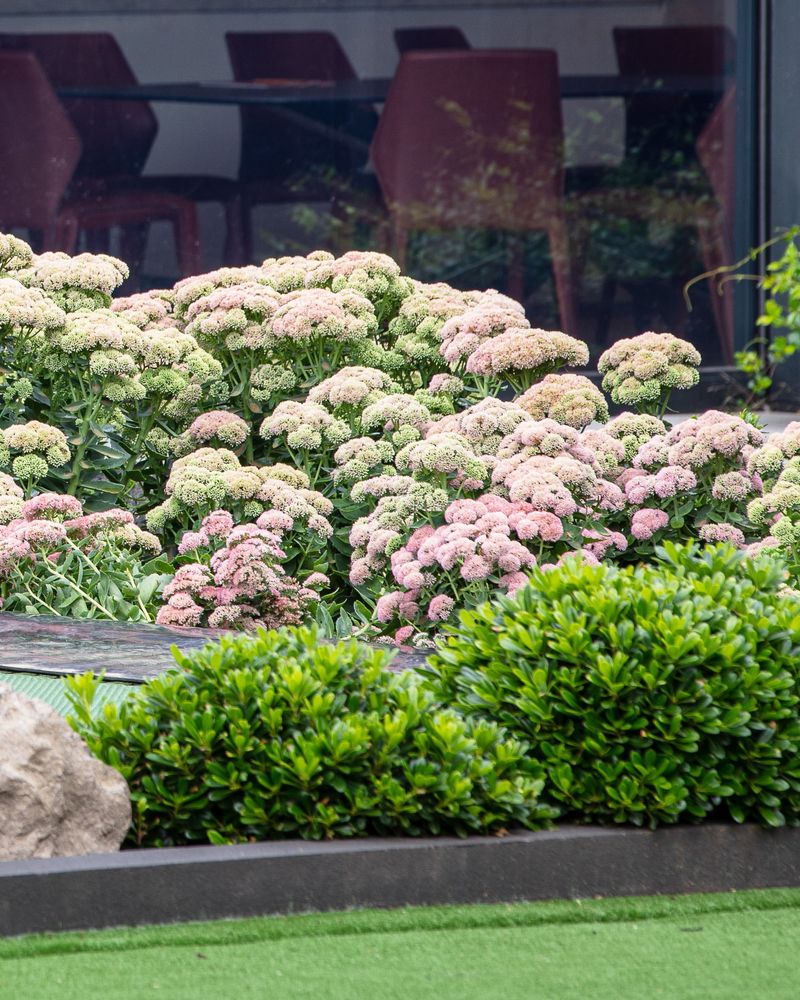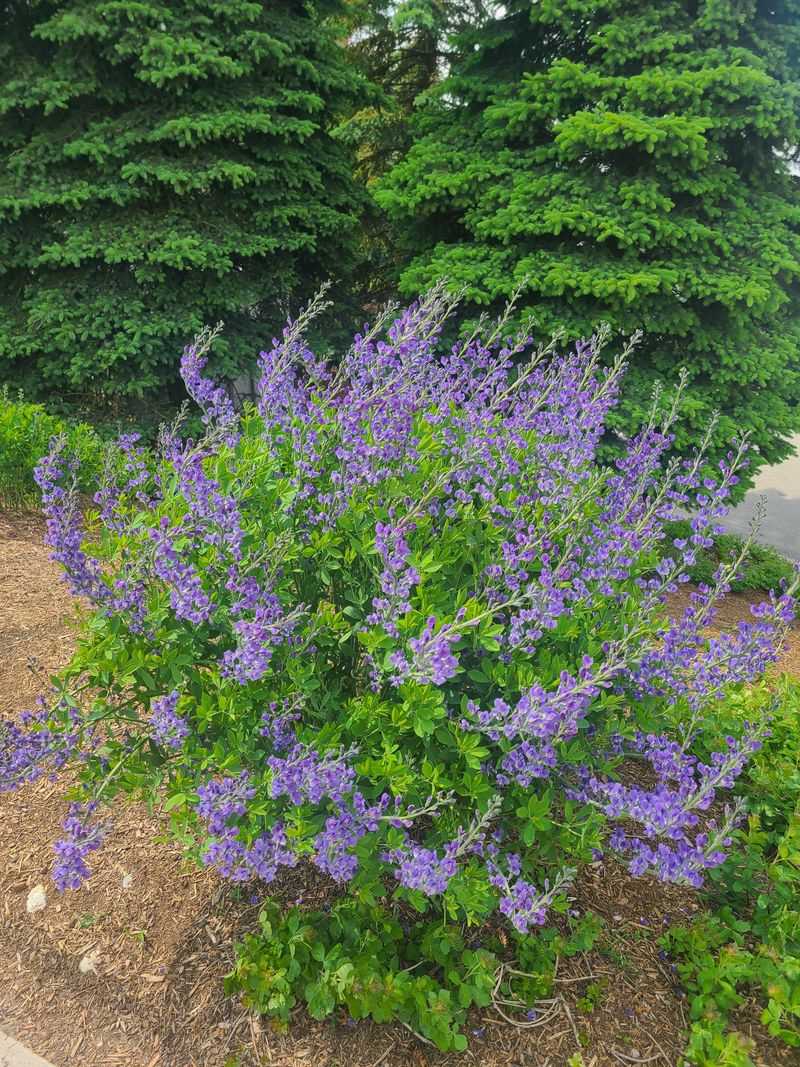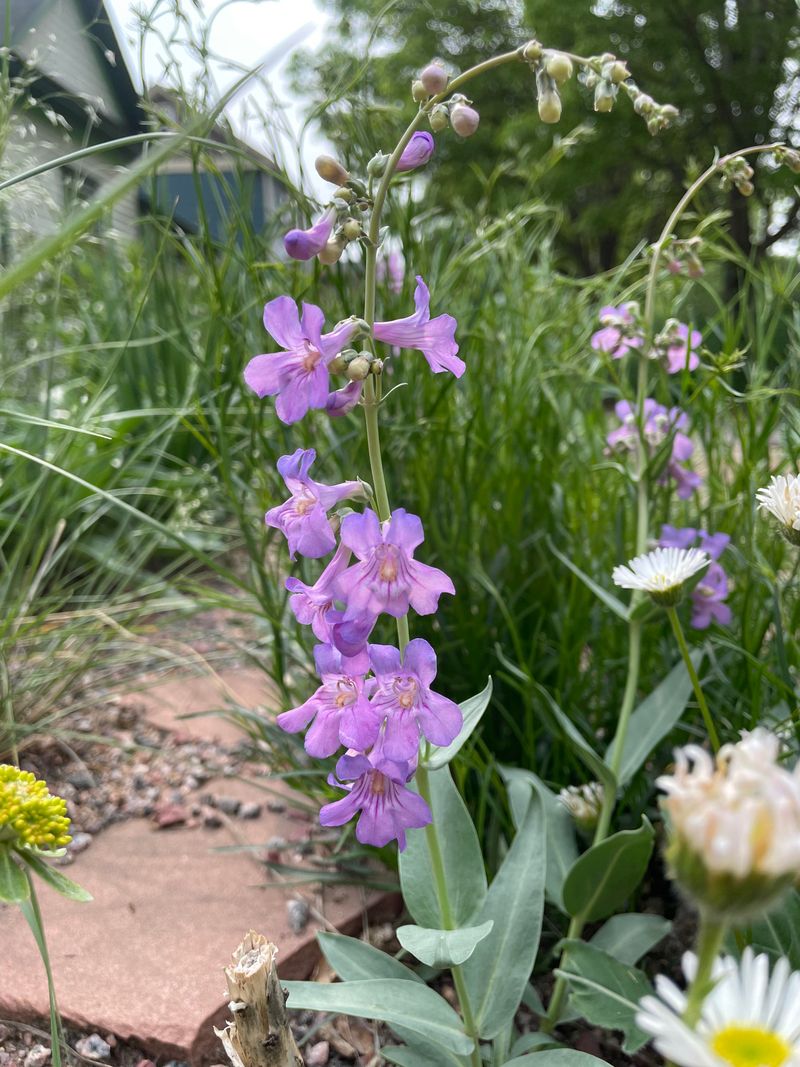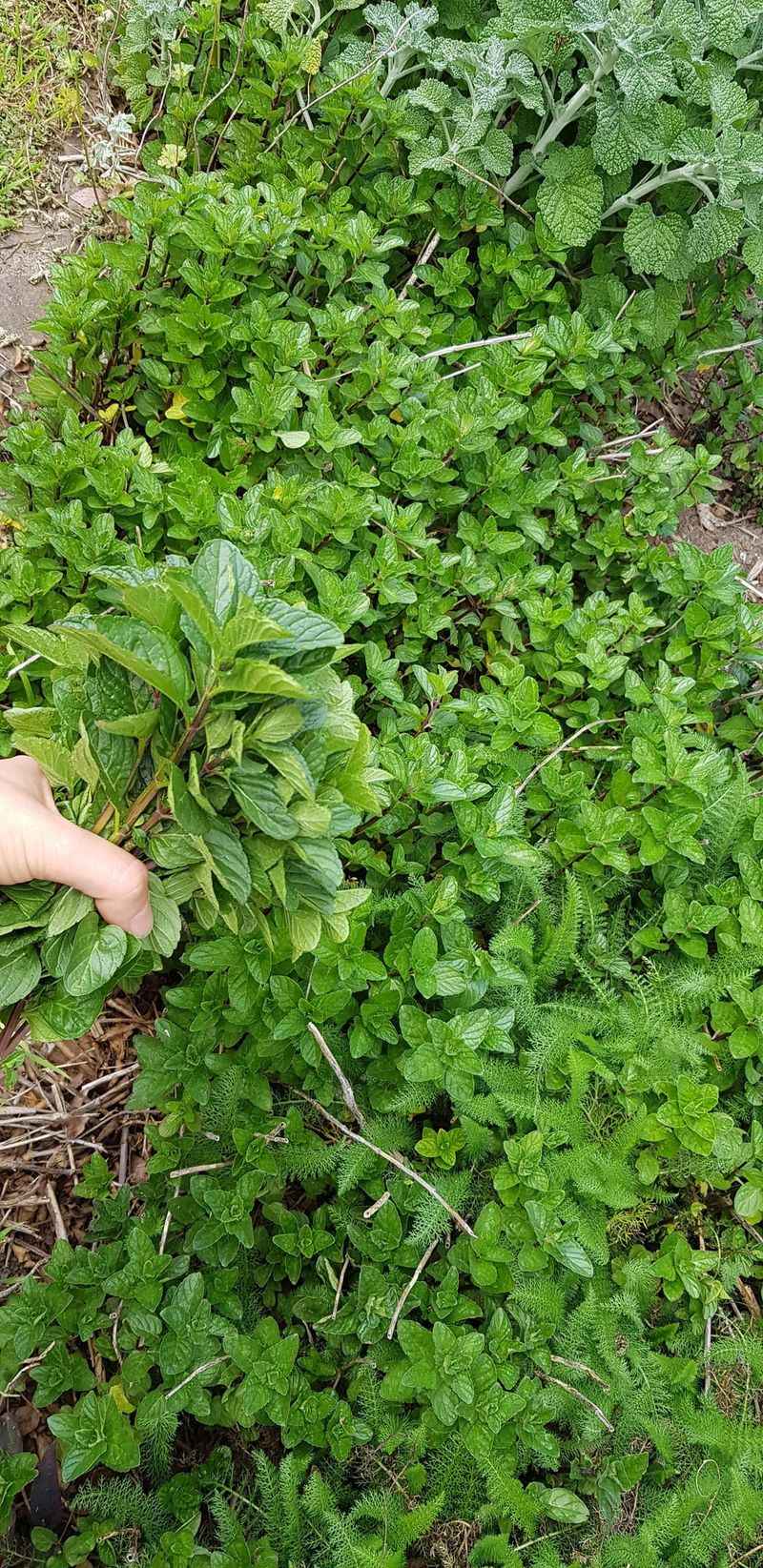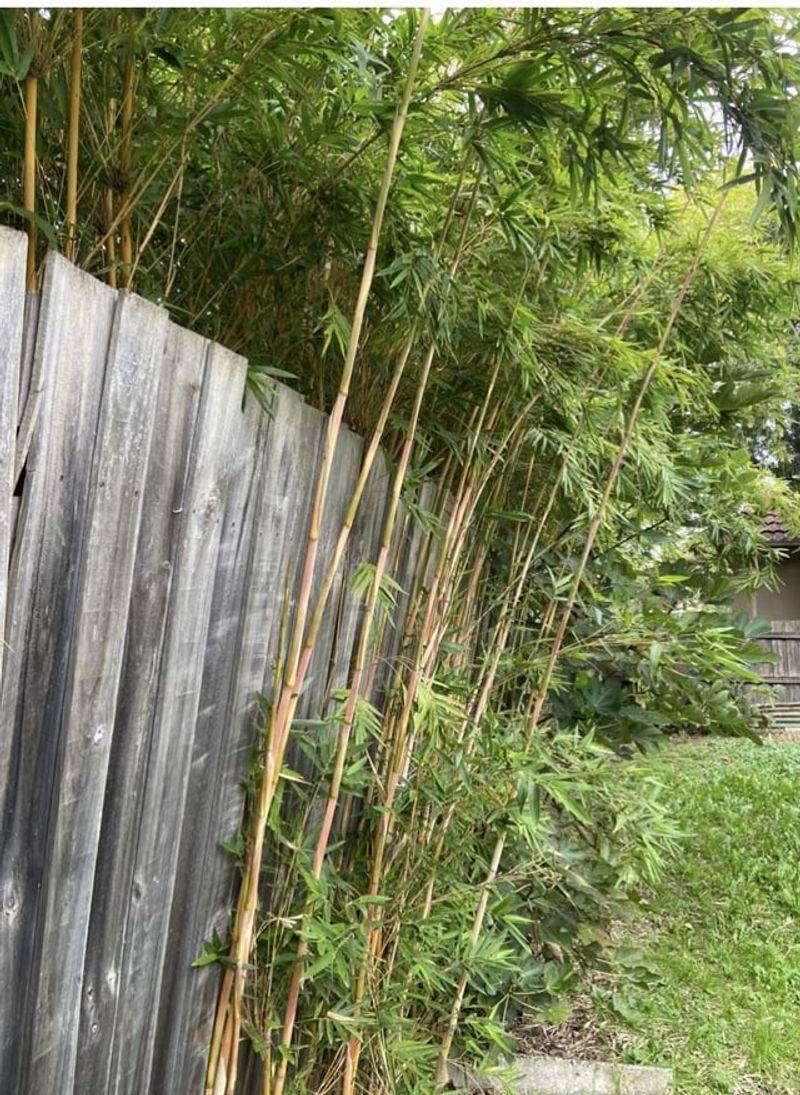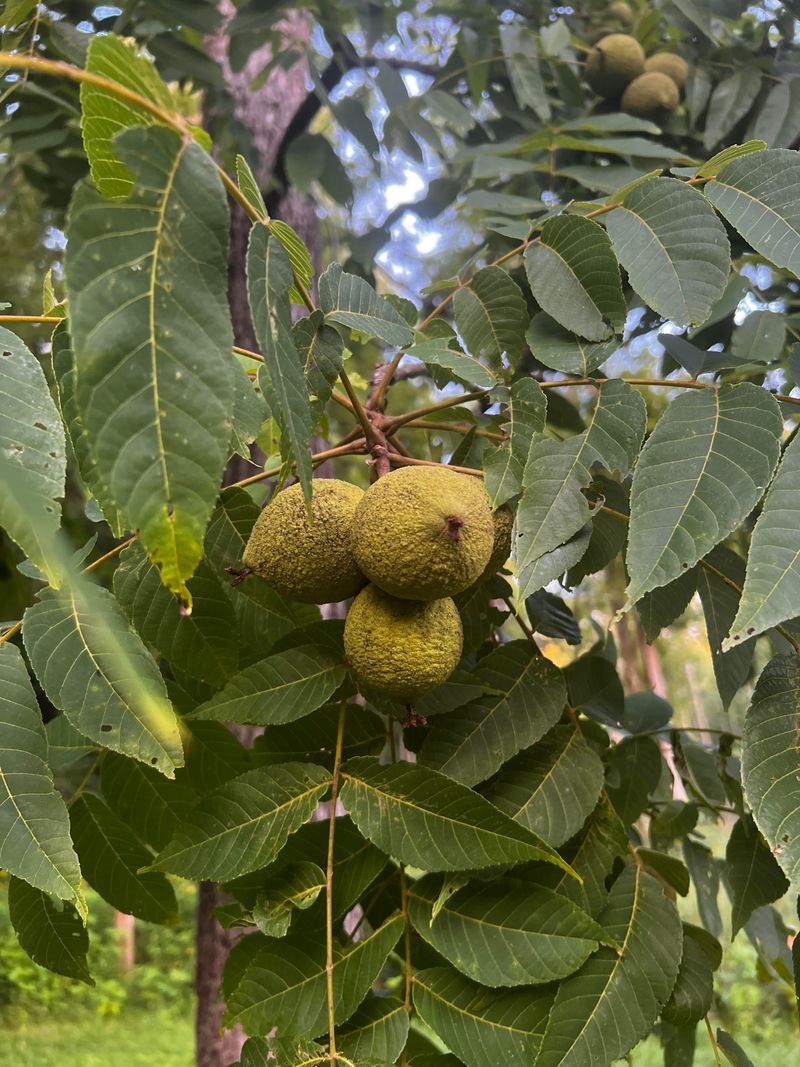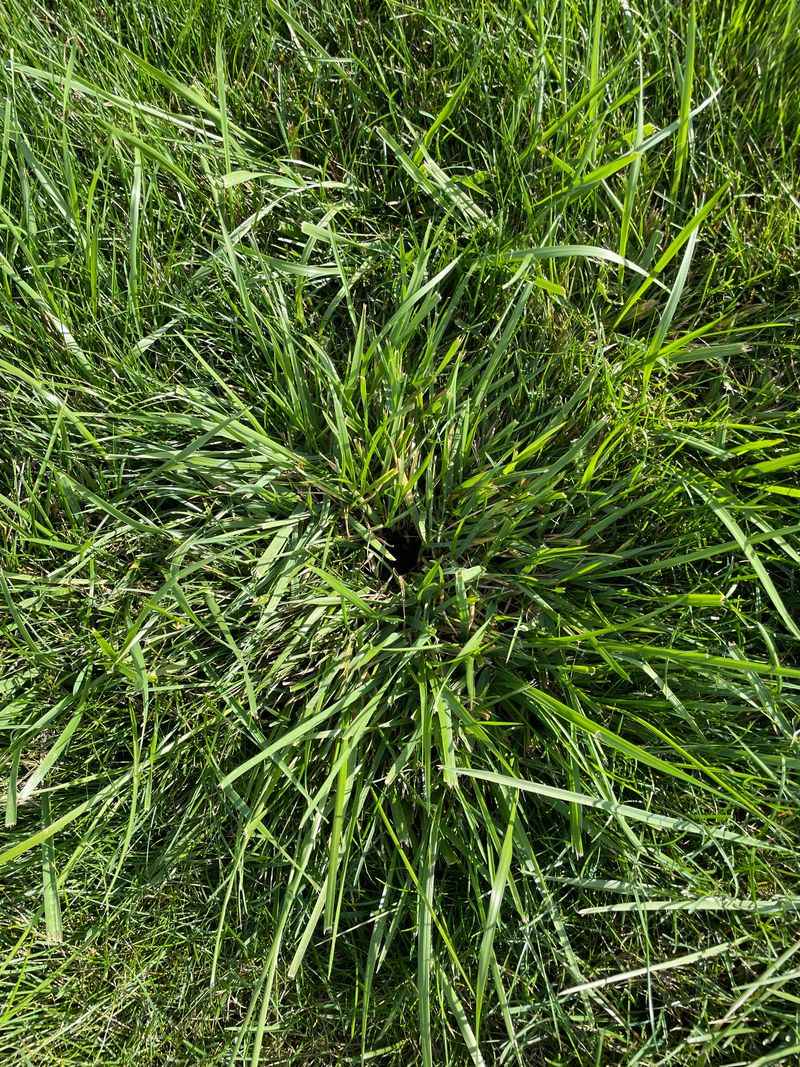Daylilies are total garden MVPs—showy blooms, low-maintenance vibes, and a flair that fits almost anywhere. But if you really want them to pop, the magic happens when they’re paired with the right companions. Good neighbors can stretch the bloom time and create a lush, layered effect.
Think about plants with contrasting foliage or bloom shapes—like ornamental grasses, salvia, or coneflowers. These team players highlight the daylily’s charm and help build a more resilient garden environment that attracts pollinators and controls pests naturally.
Not every plant is a match made in horticultural heaven. Some, like thirsty hostas or invasive ground covers, can hog nutrients or overshadow your daylilies’ glow. Choose wisely, and your garden will feel harmonious, vibrant, and beautifully balanced.
1. Coneflowers: Nature’s Perfect Match
The bold, daisy-like blooms create stunning contrast against daylily foliage. Their purple, pink, and white hues complement the warm oranges and yellows of many daylily varieties.
Growing 2-5 feet tall, coneflowers share similar sunlight and water needs, making maintenance a breeze. I’ve found they attract different pollinators than daylilies, bringing more diversity to the garden.
Their sturdy stems remain attractive even after blooming ends, providing winter interest when daylilies have retreated underground for the season.
2. Salvias: Vertical Accent Perfection
Tall spikes of blue, purple or red flowers create wonderful vertical interest among the arching daylily foliage. The contrast in flower shapes—salvias’ spires against daylilies’ trumpets—makes for eye-catching garden design.
Drought tolerance makes these plants excellent partners in water-wise gardens. My garden’s salvias start blooming just as early daylilies fade, extending the color show through summer.
Hummingbirds flock to salvias while butterflies prefer the daylilies, creating a lively ecosystem in your garden bed.
3. Ornamental Grasses: Textural Companions
Feathery plumes and graceful arching forms create a stunning contrast with daylilies’ strappy leaves. The gentle movement of grasses in the breeze adds a dynamic element that makes static daylily plantings come alive.
Fall and winter interest continues long after daylilies have gone dormant. Many varieties turn golden or russet in autumn, extending your garden’s seasonal appeal.
Morning dew collects on grass blades, creating magical light-catching moments. From personal experience, shorter varieties like Japanese Forest Grass work best, avoiding competition for sunlight.
4. Shasta Daisies: Clean Contrast Champions
Crisp white blooms create a cooling visual effect against vibrant daylily colors. The simple daisy form offers textural variety compared to the more complex daylily blooms.
Similar heights prevent either plant from overshadowing the other. In my garden beds, they’ve proven to be perfectly matched neighbors, blooming simultaneously for maximum impact.
Both plants attract beneficial insects but different species, increasing biodiversity. Their comparable water and sunlight needs simplify garden maintenance, making this pairing as practical as it is beautiful.
5. Russian Sage: Airy Elegance
Clouds of tiny lavender-blue flowers create a misty backdrop for bold daylily blooms. The silver-gray foliage offers a cooling complement to the warmer green tones of daylily leaves.
Heat and drought tolerance makes this pairing perfect for challenging garden spots. My front yard’s hot, dry corner thrives with this combination, requiring minimal intervention even during summer heat waves.
Russian sage’s woody structure provides winter interest long after daylilies have disappeared for the season. The aromatic foliage also helps deter some garden pests that might otherwise bother your daylilies.
6. Catmint: Low-Growing Harmony
Masses of small lavender-blue flowers create a beautiful carpet beneath and around taller daylilies. The soft, aromatic foliage adds sensory appeal beyond just visual interest.
Long blooming periods overlap perfectly with daylily season. After several years growing them together, I’ve noticed how catmint’s spreading habit naturally fills gaps between daylily clumps without becoming invasive.
Deer and rabbit resistance makes this pairing practical for gardens with pest pressure. The combination of catmint’s relaxing scent and daylilies’ bright colors creates a garden space that engages multiple senses.
7. Black-Eyed Susans: Sunny Synergy
Golden yellow daisy-like flowers echo and enhance the warm tones found in many daylily varieties. Their informal, meadow-like appearance softens the more structured look of daylily plantings.
Staggered blooming times extend the garden show—as early daylilies fade, these native beauties burst into bloom. The dark centers create focal points that draw the eye through the garden composition.
Tough and adaptable to various soil conditions, they share daylilies’ forgiving nature. Last summer, when we faced water restrictions, this resilient duo continued performing beautifully with minimal supplemental irrigation.
8. Speedwell: Spiky Sophistication
Slender spikes covered in tiny blue, pink, or white flowers create wonderful vertical accents among daylilies. Their delicate appearance contrasts beautifully with the bolder presence of daylily blooms.
Relatively compact growth habit means they won’t overshadow your daylilies. After experimenting with different varieties, I’ve found the ‘Georgia Blue’ cultivar makes an especially charming partner for peachy-toned daylilies.
Early summer flowering aligns perfectly with peak daylily season. The blue varieties in particular create a cooling visual effect that makes warm-colored daylilies appear even more vibrant.
9. Lamb’s Ear: Textural Treasure
Velvety silver-gray leaves create a stunning textural contrast with the glossier, strappier foliage of daylilies. The soft, touchable quality invites interaction, making gardens more engaging, especially for children.
Low-growing habit forms a beautiful ground cover around daylily bases. In my mixed borders, it elegantly conceals the less attractive lower stems of daylilies while deterring weeds from establishing.
Drought tolerance makes this pairing suitable for water-conscious gardens. The subtle lavender flower spikes that appear in summer add another layer of interest without competing with your daylilies’ show.
10. Yarrow: Flat-Top Finesse
Flat-topped flower clusters create an architectural element that contrasts with the trumpet shape of daylily blooms. Available in whites, yellows, pinks, and reds, they can either complement or contrast with your daylily color scheme.
Feathery, fern-like foliage adds textural interest even when not in bloom. The dried flowerheads persist through fall, extending the garden’s visual appeal after daylilies have finished their show.
Exceptional drought tolerance makes this combination perfect for low-water gardens. From experience, the terra cotta-colored varieties look particularly stunning with purple-toned daylilies, creating a rich color harmony.
11. Coral Bells: Foliage Friends
Colorful leaves in burgundy, purple, caramel, or chartreuse create year-round interest alongside daylilies. Their tidy mounded habit makes a neat edging for daylily beds while adding constant color even when flowers aren’t present.
Delicate flower spikes on wiry stems add vertical interest without overwhelming the display. The contrast between their small, bell-shaped blooms and daylilies’ larger trumpets creates delightful textural variety.
Shade tolerance makes them ideal companions where daylilies receive only morning sun. My partially shaded garden corner features ‘Palace Purple’ coral bells with cream-colored daylilies—a combination that brightens even the darkest days.
12. Lavender: Fragrant Framework
Aromatic gray-green foliage and purple flower spikes provide sensory contrast to daylilies. The structured, somewhat formal growth habit creates a nice framework for the more flowing form of daylilies.
Complementary bloom times ensure continuous garden interest. In my experience, English lavender varieties pair particularly well with daylilies, as both appreciate similar well-draining soil conditions.
Deer and rabbit resistance adds practical value to this beautiful combination. The calming scent of lavender wafting through the garden on warm summer days transforms a simple daylily bed into a multi-sensory retreat.
13. Sedum: Succulent Sidekick
Fleshy, drought-tolerant foliage creates interesting textural contrast with daylilies’ strappy leaves. The low-growing varieties make excellent ground covers around daylily clumps, while taller types provide late-season interest.
Late summer and fall blooming extends the garden show after daylilies have finished. The flat-topped flower clusters of ‘Autumn Joy’ sedum turn from pink to russet just as daylily foliage begins its fall color transformation.
Minimal water requirements make this an eco-friendly pairing. Having grown them together for years, I’ve found they create a harmonious, low-maintenance combination that thrives even during water restrictions.
14. Baptisia: Native Nobility
Upright, shrub-like form creates structural interest alongside more informal daylilies. The blue-green foliage remains attractive all season, even after the spring flowers have faded.
Early blooming spires of indigo, yellow, or white flowers precede daylilies, extending the garden show. Their deep root systems mean they won’t compete with daylilies for resources once established.
Wildlife value adds ecological benefits to your garden. My false indigo plants have become host to beneficial insects that help keep aphids off nearby daylilies—a natural pest control partnership I hadn’t anticipated but greatly appreciate.
15. Penstemon: Tubular Teamwork
Bell-shaped blooms on tall stems create echo patterns with daylily trumpets. The similar-yet-different flower forms create a harmonious visual rhythm throughout the garden bed.
Available in a rainbow of colors from white to deep purple, they can be chosen to either complement or contrast with your daylilies. The glossy, evergreen foliage of some varieties provides winter interest when daylilies have gone dormant.
Hummingbird attraction adds wildlife value to your garden space. From my garden journal notes, the ‘Husker Red’ variety with its burgundy foliage makes a particularly striking companion for yellow or cream daylilies.
16. Aggressive Mint: Root Competition Chaos
Vigorous underground runners quickly invade daylily root zones, stealing nutrients and water. What starts as a few innocent-looking sprigs can transform into a garden takeover within a single growing season.
Shallow but dense root systems compete directly with daylilies’ feeding zones. After making this mistake in my own garden, I spent three frustrating years trying to separate mint from my prized daylily collection.
Containment methods often fail as mint escapes even buried barriers over time. If you must have mint, keep it in containers far away from your daylily beds to prevent this aggressive herb from diminishing your daylilies’ vigor.
17. Bamboo: Underground Invader
Aggressive rhizomes quickly overwhelm and displace daylily roots in the battle for underground territory. The dense shade created by bamboo’s tall stalks and leafy canopy deprives sun-loving daylilies of essential light.
Removing bamboo without damaging daylilies becomes nearly impossible once established. The extensive excavation required to eliminate bamboo inevitably damages or destroys nearby plants.
Even “clumping” varieties can eventually spread more than advertised. A garden designer friend learned this lesson the hard way when a supposedly well-behaved bamboo variety gradually consumed her client’s prized daylily collection over several years.
18. Black Walnut Trees: Toxic Troublemakers
Chemical compounds released from roots, leaves, and nut hulls inhibit daylily growth through a process called allelopathy. Daylilies planted within the drip line of these trees often exhibit stunted growth, reduced flowering, and eventual decline.
Toxins remain active in the soil even after tree removal. Gardens beneath established black walnut trees create challenging growing conditions for most perennials, including daylilies.
Fallen leaf debris compounds the problem when it decomposes into the soil. My neighbor’s beautiful daylily collection gradually disappeared after a mature black walnut tree was planted nearby—a costly lesson in plant incompatibility.
19. Aggressive Grasses: Quackgrass Quandary
Rhizomatous grasses like quackgrass infiltrate daylily clumps with thread-like roots that are nearly impossible to fully remove. Their aggressive growth habit allows them to quickly colonize and outcompete even established daylilies for resources.
Fragments left behind during weeding quickly regenerate into new plants. The intertwining of grass roots with daylily roots makes selective removal extremely difficult without damaging your prized perennials.
Chemical controls risk harming daylilies due to their similar grass-like nature. Through bitter experience, I’ve learned that preventing these grasses from establishing is far easier than trying to remove them once they’ve infiltrated a daylily bed.
20. Thirsty Willows: Moisture Monopolizers
Extensive, water-seeking root systems can deprive nearby daylilies of essential moisture. The constant soil-drying effect creates drought-like conditions even in otherwise well-watered gardens.
Surface roots often become exposed over time, making garden maintenance difficult. The dense shade cast by willow trees further compounds problems for sun-loving daylilies trying to survive beneath them.
Fallen branches and debris require constant cleanup around daylily beds. A garden club friend planted daylilies near her weeping willow, only to watch them struggle and eventually fail despite regular irrigation—a classic case of incompatible plant neighbors.

